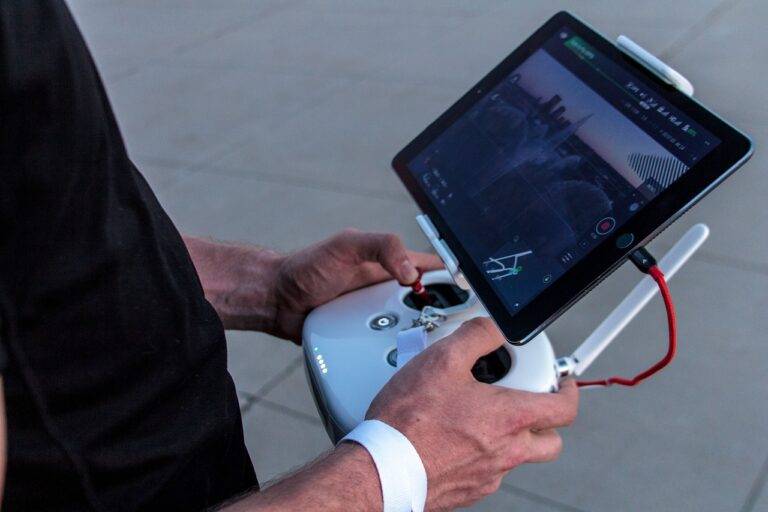The Future of Robotics: Tech Advances in Elderly Care and Assistance
Elderly individuals often encounter obstacles in maintaining their independence and quality of life. One of the prominent challenges faced by the elderly is social isolation, as they may experience diminishing social circles due to factors such as retirement, mobility issues, and the loss of friends and family members. Loneliness and lack of companionship can have adverse effects on their mental and emotional well-being, leading to feelings of depression and anxiety.
Another common challenge faced by the elderly is managing their healthcare needs. As individuals age, they may develop chronic medical conditions that require ongoing care and monitoring. Navigating the complex healthcare system, adhering to medication regimens, and attending numerous medical appointments can be overwhelming for the elderly, especially if they lack adequate support from family members or caregivers. Balancing their health needs with other aspects of daily living can pose significant challenges for the elderly population.
• Social isolation due to factors such as retirement and mobility issues
• Diminishing social circles leading to loneliness and lack of companionship
• Adverse effects on mental and emotional well-being, including depression and anxiety
• Managing chronic medical conditions that require ongoing care
• Navigating the complex healthcare system
• Adhering to medication regimens and attending numerous medical appointments
• Balancing health needs with other aspects of daily living
Benefits of Robotics in Elderly Care
Robotics in elderly care has revolutionized the way seniors receive assistance and support in their daily lives. One of the primary advantages of using robotic devices is the enhancement of elderly individuals’ independence. With the help of robots, seniors can perform tasks such as medication reminders, mobility assistance, and even fall detection without having to rely solely on human caregivers.
Moreover, robotics in elderly care has also proven to be beneficial in improving the quality of life for seniors. These innovative devices not only provide physical assistance but also offer companionship and mental stimulation to combat feelings of loneliness and isolation. As a result, elderly individuals can maintain a sense of autonomy and happiness while receiving the care and support they need to live comfortably and safely.
Types of Robotic Devices for Elderly Assistance
Robotic devices offer a wide range of assistance to the elderly population, helping to enhance their quality of life and independence. One common type of device is the robotic companion, designed to provide social interaction and companionship to seniors who may experience loneliness or isolation. These companions can engage in conversations, play games, and even offer reminders for medication or appointments.
Another useful robotic device for elderly assistance is the robotic exoskeleton, which can help with mobility and physical support. These wearable devices can assist in standing up, walking, and maintaining balance, especially for individuals with mobility issues or those recovering from injuries. With the help of sensors and motors, exoskeletons can provide the necessary support to help seniors move around more comfortably and safely.
What are some common challenges faced by the elderly?
Some common challenges faced by the elderly include mobility issues, social isolation, cognitive decline, and chronic health conditions.
How can robotics help in elderly care?
Robotics can help in elderly care by providing assistance with daily tasks, monitoring health conditions, promoting social interaction, and enhancing overall quality of life.
What are some examples of robotic devices for elderly assistance?
Some examples of robotic devices for elderly assistance include robotic exoskeletons for mobility support, robotic companions for social interaction, robotic medication dispensers, and robotic monitoring systems for health tracking.
How can robotic devices benefit the elderly?
Robotic devices can benefit the elderly by providing them with increased independence, improved safety, enhanced social engagement, better health management, and overall improved quality of life.





